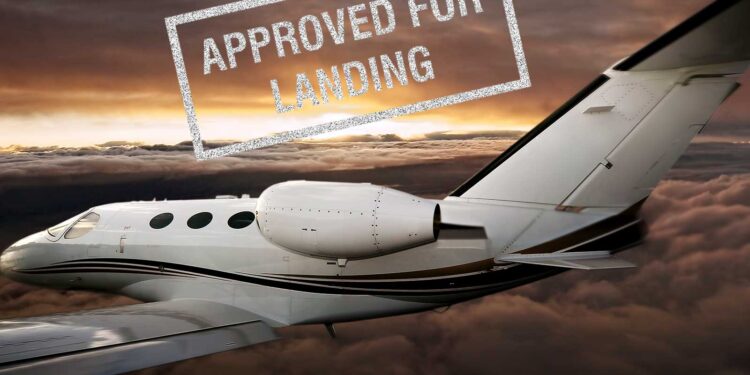Asian Flight Permit Requirements 101 – Part 2: Revisions and Cabotage Considerations

This business aviation blog post continues from our article last week, titled “Asian Flight Permit Requirements 101 – Part 1: General Considerations.“
Permit revisions are often more challenging and restrictive within the Asian operating environment. Best practice is to ‘know before you go’ in terms of what is, and what is not, possible in terms of permit revisions and schedule changes.
The following is an overview of what you need to know:
1. Permit validity/revisions
Permits for many countries in this region are only valid for the exact schedule provided. If you’re landing in Russia earlier in the day than your approved permit time, for example, you’ll need to revise your landing permit. Other countries provide permit validity for the Zulu day. In all cases, however, it’s best to provide a revision for each schedule change so that your permit can be correctly revalidated.
2. China now strictly limits permit revisions
China recently revised regulations to allow only two permit revisions after a landing permit has been approved. After you’ve made two revision requests (these need to be submitted via SITA) you’re only option will be to operate on your last approved schedule. Operators need to be cognizant of these new revision restrictions, and avoid making changes if at all possible, in order to avoid issues. Please see our article on the China permit changes: China Overflight and Landing Permits – Part 1: Changes in Lead Times and Revisions.
3. Cabotage considerations
Civil Aviation Authorities (CAAs) in Asia have become stricter, over recent years, in terms of cabotage restrictions/enforcement. Japan, for example, has very defined cabotage rules for general aviation (GA) charter (non-scheduled commercial) flights. Thailand requires all flights to arrive/depart with the same passengers, and any deviation from this needs special permission. If you plan to pick up someone in Taiwan, CAA will request certain information, to ensure that the flight is private non-revenue, as cabotage is strictly prohibited for charter operations. Philippines is also very strict on cabotage regulations. Best practice is to always check, well in advance, on any cabotage restrictions that may impact your planned operation.
4. ADS-B requirements
ADS-B requirements are now in place for Hong Kong, Singapore, Taiwan, and Vietnam. If you’re not equipped for ADS-B operations you may be restricted to altitudes below 29,000 feet. Please see our articles on ADS-B requirements for more information.
5. Tech stop considerations
Landing permits for tech stops within the Asian region may or may not be required. In Japan, for example, if you’re making a fuel tech stop on a charter operation a permit is not required (landing permits are not required for private non-revenue operations to Japan). Landing permits for South Korea are easier/faster to obtain for a tech stop, as opposed to destination stop purposes. While China is used for tech stops from time to time, this is not usually a recommended procedure as many airports are strictly restricted with slots.
Conclusion
It’s important to be aware of all relevant cabotage restrictions when planning operations to the Asian region. Charter operators, in particular, need to be particularly vigilant in terms of tightening cabotage restrictions and enforcement within this region.
Questions?
If you have any questions about this article or need help arranging permits for this region, contact me at larrywilliams@univ-wea.com.



